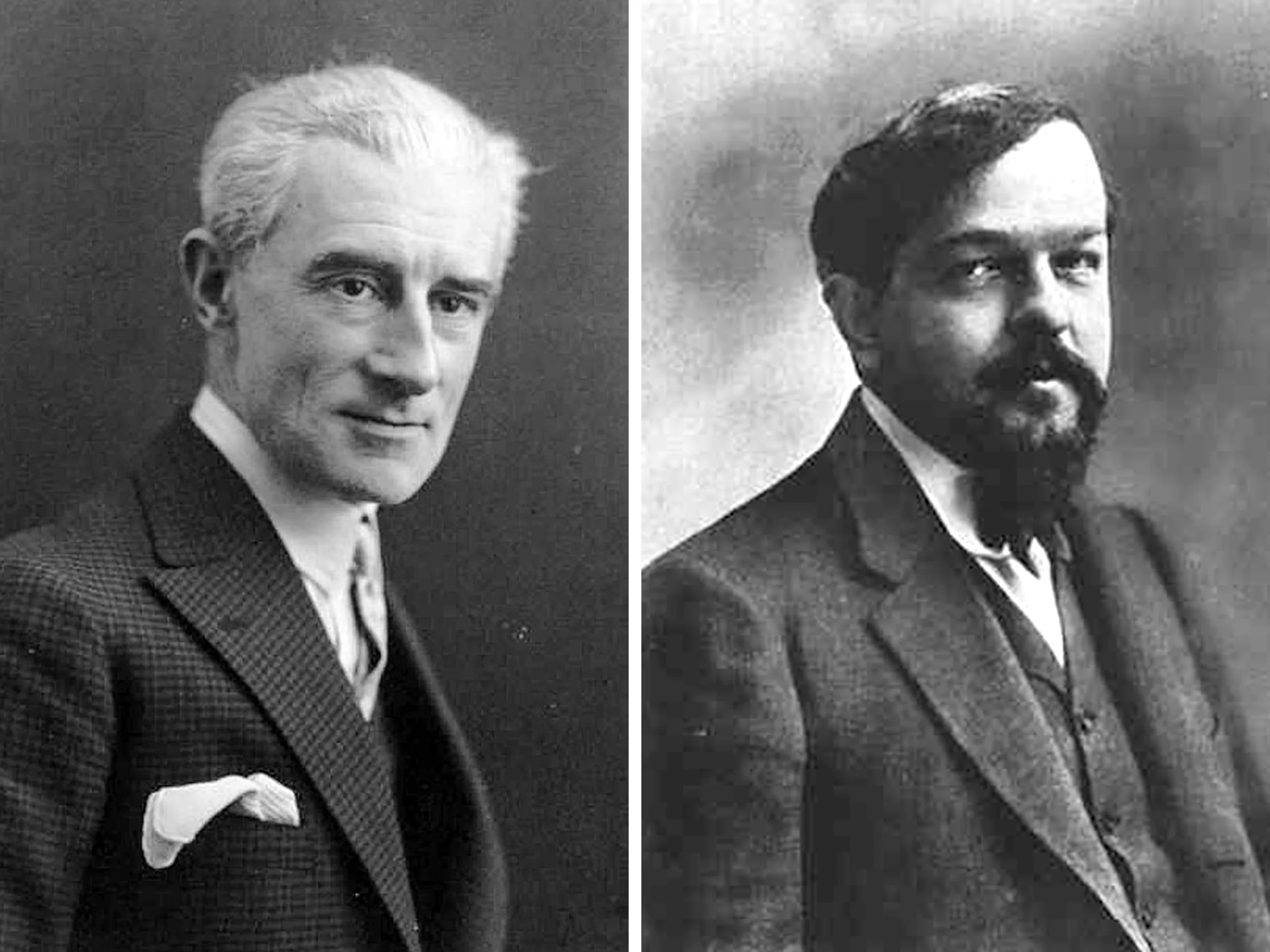
Jazz guitarists have long been inspired by the works of classical composers, and the music of Maurice Ravel and Claude Debussy is no exception. Both Ravel and Debussy were impressionist composers who pushed the boundaries of tonality and harmony, creating lush and intricate soundscapes that continue to captivate listeners today.
The use of complex harmonies and chords is an important aspect of both Ravel and Debussy’s music. In particular, the use of extended chords, such as 9th, 11th, and 13th chords, creates a rich and colorful harmonic palette. Jazz guitarists have taken inspiration from this approach, incorporating extended chords into their own playing and improvisation.
Modal Harmony
One notable aspect of Ravel and Debussy’s music is their use of modal harmony. Modal harmony is a type of harmony that is based on scales or modes rather than traditional chord progressions. This approach creates a more open and fluid harmonic landscape, allowing for greater freedom and flexibility in improvisation.
What does that mean for the jazz guitarist?
Jazz guitarists can take advantage of this by exploring different modes and scales, and incorporating them into their own playing.
Impressionistic Harmony
Another important element of Ravel and Debussy’s music is their use of impressionistic harmony. Impressionistic harmony is characterized by the use of ambiguous or unresolved chords, creating a sense of tension and release. This approach can be challenging for jazz guitarists, as it requires a delicate balance between tension and resolution. However, by experimenting with different chord voicings and exploring new harmonic possibilities, jazz guitarists can incorporate impressionistic harmony into their own playing and improvisation.
Overall, the music of Ravel and Debussy offers a wealth of inspiration and insight for jazz guitarists. By studying their harmonic approach and experimenting with different chords and scales, jazz guitarists can expand their musical horizons and create new and exciting sounds. The harmonies of Ravel and Debussy are sure to inspire and challenge you on your musical journey.
Classical Roots of Jazz Music
Jazz music has deep roots in the musical traditions of the past, including classical music, blues, and folk music. In particular, classical music has been a significant influence on jazz, providing a rich source of harmonic and melodic ideas. Jazz musicians have long been inspired by the works of classical composers, such as Bach, Beethoven, and Mozart, and have adapted their techniques and approaches to create new and exciting jazz music.
Harmonic Progressions
One important aspect of classical music that has been incorporated into jazz is the use of harmonic progressions. Classical music often features complex harmonic progressions, moving through different keys and modes to create a sense of tension and release. Jazz musicians have taken inspiration from this approach, incorporating complex and sophisticated chord progressions into their own music. For example, the use of ii-V-I progressions, which are common in classical music, has become a staple of jazz harmony.
Counterpoint for Guitar
Another important aspect of classical music that has been incorporated into jazz is the use of counterpoint. Counterpoint is a technique where two or more melodic lines are played simultaneously, creating a complex and intricate texture. Jazz musicians have taken this approach and adapted it to their own music, creating complex and intricate melodies that weave in and out of each other.
Classical music has also influenced jazz in terms of form. Classical music often features well-defined forms, such as sonatas, fugues, and symphonies, with clear and distinct sections. Jazz musicians have taken this approach and adapted it to their own music, creating new and innovative forms that incorporate elements of classical music, such as the use of repeated sections and variations.
Finally, classical music has influenced jazz in terms of instrumentation. Classical music often features large ensembles, such as orchestras and chamber groups, with a wide range of instruments. Jazz musicians have taken this approach and adapted it to their own music, creating large ensembles, such as big bands and jazz orchestras, that feature a wide range of instruments and a rich and varied sound.
Classical music has played an important role in the development of jazz music. By incorporating elements of classical music, such as harmonic progressions, counterpoint, form, and instrumentation, jazz musicians have created a rich and diverse musical tradition that continues to evolve and grow.


0 responses on "How Ravel and Debussy Entangle with the Jazz Guitar"